Ura e Terzive
This 15th-century Ottoman bridge was modified to keep up with the changing course of the river Erenik.
Ura e Terzive is an Ottoman stone bridge originally built in the 15th century in the proximity of the village of Bishtazhin, on the merchant route linking Turkey to Albania. It averages 3.5 meters in width, making it a one-lane bridge, even though nowadays it is rarely used, and only by pedestrians. Its 11 arches and 10 niches extend for over 190 meters, some of which span the river Erenik. In fact, the length of the bridge vastly exceeds that of the river. This is due to changes in the course of the river Erenik through time, and the building of additional arches as a result.
The current structure of the bridge came about from modifications made during the 18th century, while its polished appearance is due to restoration work carried out between 1982 and 1984.
Apart from its historical importance, one interesting thing about Ura e Terzive is the inscriptions and drawings carved into its stones. Among the drawings are two pots or jars, and the Star of David. A Turkish inscription on the bridge testifies that the construction of the original bridge was commissioned by the Tailors’ Guild. This is why Ura e Terzive is locally referred to as the Tailors’ Bridge. By facilitating travels between the cities of Gjakova and Prizren, Ura e Terzive boosted local commerce and acquired utmost strategic importance.
Nowadays, a new road connecting the two cities is located a few meters north of the bridge, making it, for all intents and purposes, a monument rather than a functional bridge.
Plan Your Trip
The Atlas Obscura Podcast is Back!












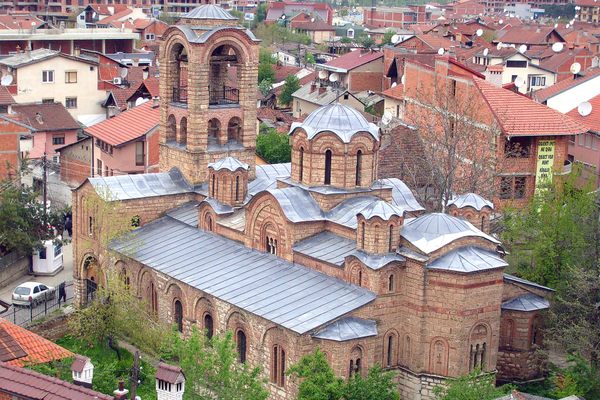

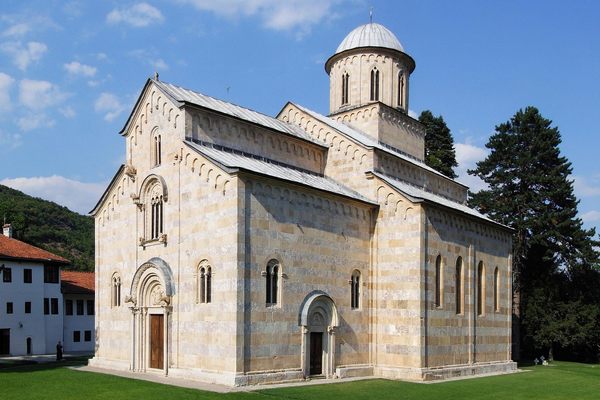

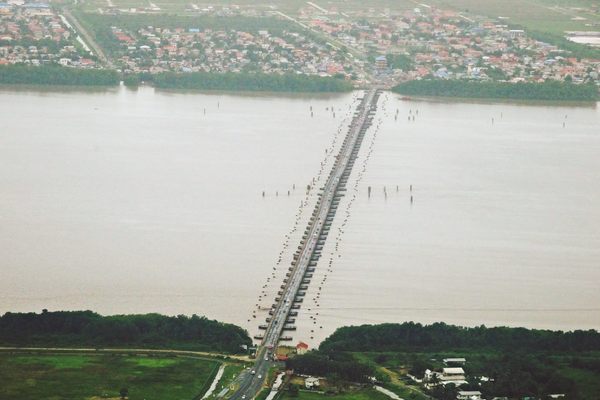
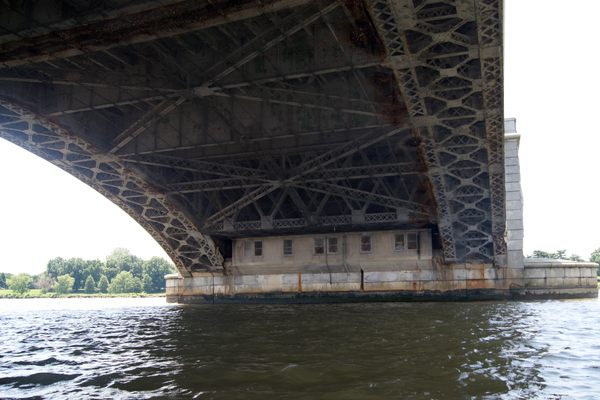
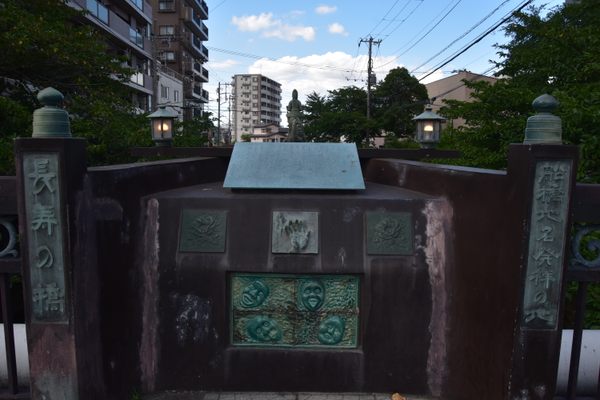


Follow us on Twitter to get the latest on the world's hidden wonders.
Like us on Facebook to get the latest on the world's hidden wonders.
Follow us on Twitter Like us on Facebook